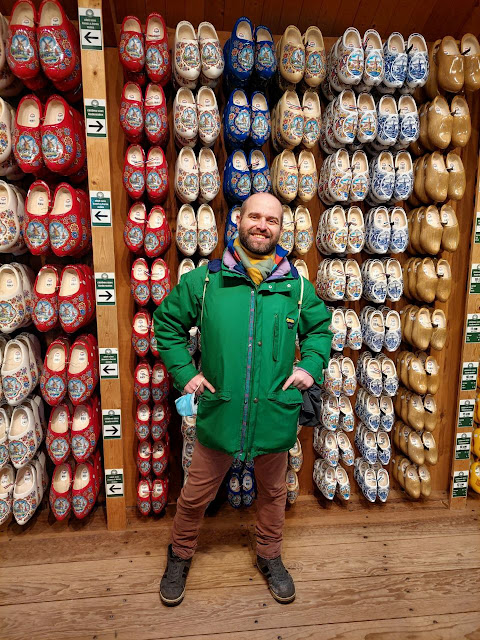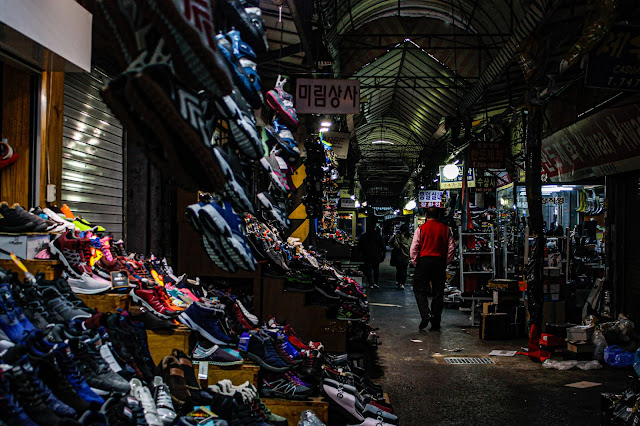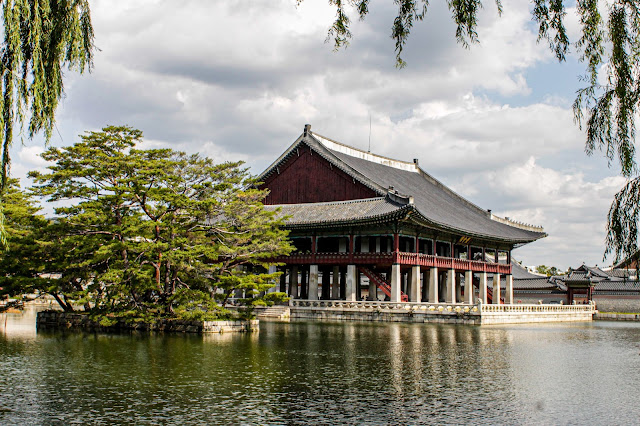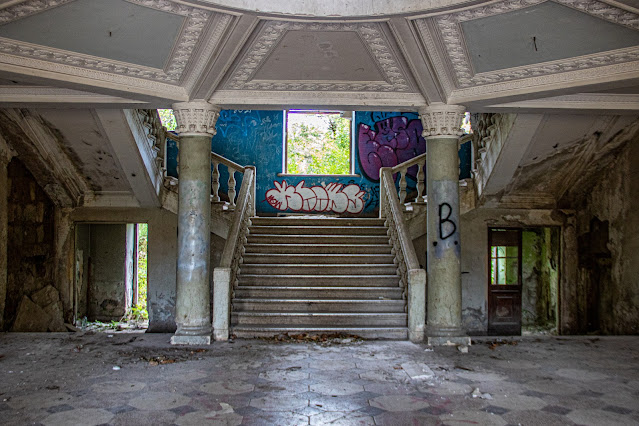Seoul
In October 2019 I went to Seoul, I visited for 5 days before going to
Tokyo and visiting Japan for one month. I was positively impressed by the city and Korean people, I still have contacts with people I knew in that days, and I still have good memories from the places I visited and from the Korean culture.
An example of what I am talking about is that I landed at 6 am and I thought that I was able to arrive at Seguen's place (the guy was going to host me for that days) before he left to work, but it took a lot to pass the passport check and so he just left me the address and the code to enter at his place, telling me to take a rest, visit the neighbours and see each other in the evening.
Chandeokgung Palace
The first place I visited in Seoul was Chandeokgung Palace, which is a Royal Palace with a secret garden. It is one of the five grand places built by the kings of the Joseon Dynasty. As it is located east of the Gyeongbok Palace is also called the East Palace. All the five grand palaces were heavily damaged during the Japanese occupation of Korea, currently, only about 30% of the structures survived.
It was my first time in Asia and I couldn't wait to visit a place like this one, with the typical Asian architecture, it was an immersion in their history and their traditions.
I enjoyed, also, stealing some moments of people dressing in the traditional dress (hanbok), or, like in the last picture, while they were posing for someone else.
Namdaemun
Namdaemun, officially known as the Sungnyemun, is one of the eight gates in the fortress wall of Seoul, which surrounded the city in the Joseon dynasty. The gate is designated as the first National Treasure of South Korea, it was one of the three major gateways through Seoul's city walls, which had a stone circuit of 18 km (11.3 mi) and stood up to 6 m (20 ft).
Next to the "Great South Gate", Namdaemun, there is a large traditional market, Namdaemun Market, the largest and oldest market in Korea. It dates back to 1414, as a government-managed marketplace, the streets in which the market is located were built in a time when cars were not prevalent, so the market itself is not accessible by car, goods are transported into and out by motorcycle and hand-drawn carts.
Seoul Fashion Week
One day, after visiting some places I didn't know what to do, so I just checked on Google Maps what there was near me and I saw the Dongdeamun Design Plaza, a cultural centre designed by Zaha Hadid with distinctively neo-futuristic curving forms. What I didn't know is that this place is a fashion hub in South Korea, and that week there was the Seoul fashion week.



In the beginning, I didn't know what was happening, there was a lot of people, some of them dressed really fashionable. After I while I realized where I was, I had a camera and people were there posing for everyone so I took some pictures. I stayed there several hours because at one point some famous people (that I didn't recognize) were arriving and I liked the atmosphere.
In Asia, South Koreans are known as the most fashionable people, and after this, I can confirm about it.
Seoul Tower
Seoul N Tower or Namsan Tower is a communication and observation tower on the Namsan Mountain, it is 236 m (774 ft) tall and it is the second-highest point in Seoul.
It was built in 1971, the Namsan Tower is the first general radio wave tower in South Korea. The Seoul N Tower is dived into three main sections: the N lobby, the N Tower and the N Plaza, the N tower consist of four floors and the N Plaza of two.
Bukchon Hanok village
It is a traditional village in Seoul, it is located on the top of a hill between Gyeongbok Palace and Changdeok Palace. The village is composed of many alleys (Hanok) and is preserved as a 600 years old urban environment.
Walk on these small streets is like doing a leap in the past during the Joseon dynasty, it deserves a visit even if it can be crowded with tourists and do a picture can be problematic.

The Bukchon area, which means north village, consist of several neighbourhoods, Jae-dong, Gye-dong, Gahoe-dong and more, it was traditionally the residential quarter of high ranking government officials and nobility during the Joseon dynasty.
Bongeunsa Temple
Bongeunsa is a Buddhist temple located in Gangnam Seoul, it was founded in 794 during the reign of King Wondeong. The temple began to know as Bongeunsa when it was reconstructed in 1498, the term Bongeunsa means the act of honouring the king, in this case praying for King Seongjong's eternal life.
I went to visit this temple because it was near my accommodation, what I liked about this temple is that it is surrounded by skyscrapers, it is a place of peace and meditation inside the fast modern life. While I was there I had the opportunity to see the ritual of the monks playing the Beopgo (Dharma drum) and the Unpan (Cloud gong) that is done every day in the morning and the evening, really nice!.
Gyeongbokgung Palace
Gyeongbookgung was the main royal palace of the Joseon dynasty, it was built in 1395 and it is the largest of the five grand palaces, it was the home of the kings as well as the government. In the 19th century, all the 7700 palace rooms, and the 500 buildings were restored on a site of 40 hectares.
In the 20th century, much of the palace was destroyed by imperial Japan, in 1963 it was designated as cultural property since the 90s the walled palace complex is gradually been restored. Today it also hosts the national palace museum and the national folk museum.
I was positively impressed by Seoul, a city with a nice vibe, and cool people, I would like to go back to visit what I miss and travel to the rest of the country to know more about the culture.
After this, I went to Japan where I
volunteered for two weeks and visited several cities like Tokyo and
Kyoto.


























Nice pics dude
ReplyDelete